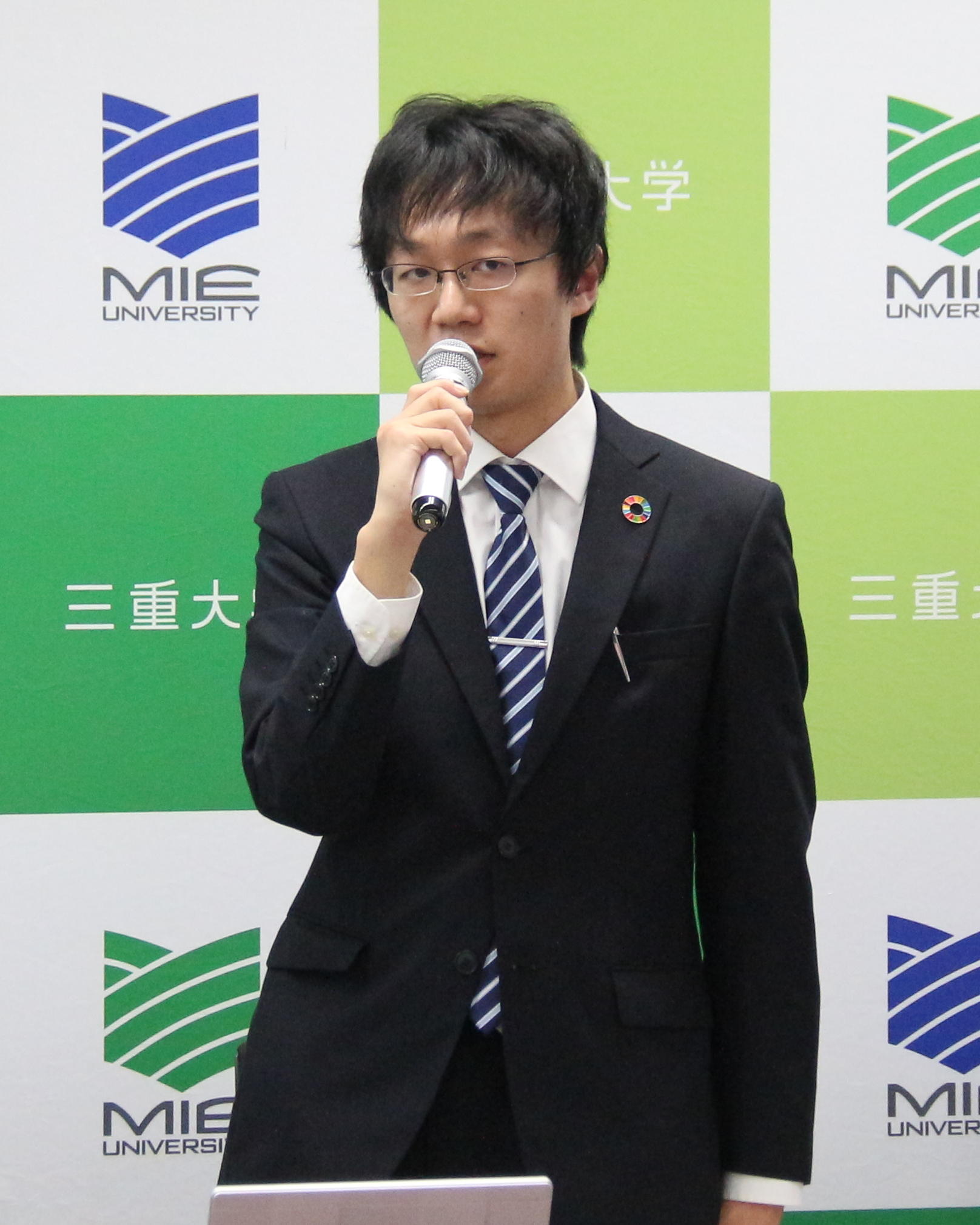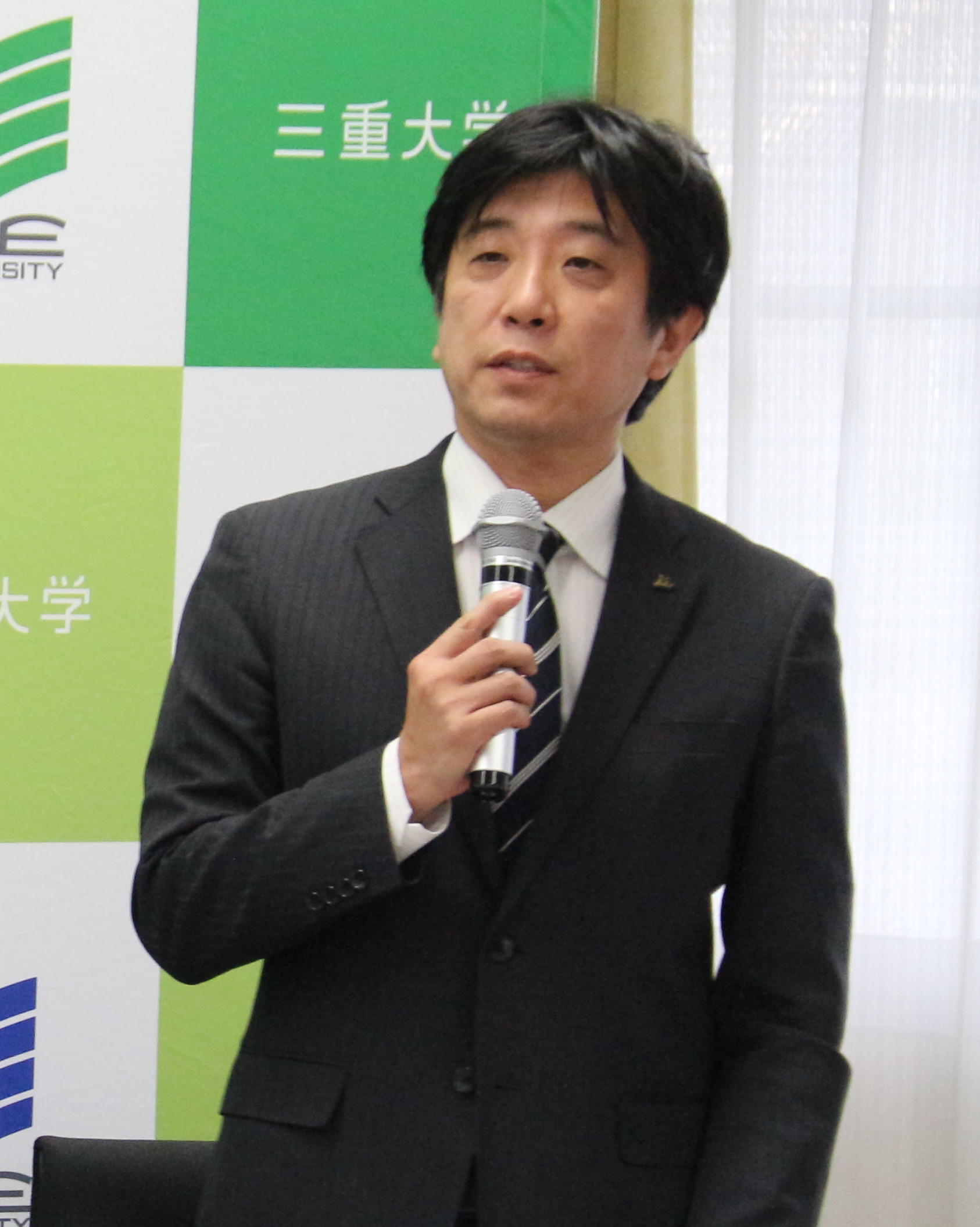Summary of our research
Assistant Professor KURIYA Kenji , Associate Professor NISHIO Masahiro, and UMEKAWA Hayato, Mie University Vice President and Director (Information/International Affairs/Environment), all of the Nutritional Chemistry Laboratory of the Graduate School of Bioresources, in a joint research project with Imuraya Co., Ltd., have identified and characterized new antihyperglycemic compounds from boiled adzuki beans.
Rich in polyphenols, adzuki beans are known to have various functions, such as anti-oxidant, anti-cancer and anti-allergenic functions. One of those functions is to prevent rises in blood glucose level, which helps to prevent the onset of lifestyle diseases such as diabetes and metabolic syndrome. For this reason, there was a demand for the development of products with adzuki beans that would moderate rises in blood glucose level.
However, the large volumes of water extract left over from processing adzuki beans into products are usually treated as waste, so there also needed to be ways of using that water extract effectively.
In response to that need, Imuraya developed a "boiled adzuki beans" product that trapped the beneficial compounds in the adzuki beans by having the water extract incorporated into the beans in the manufacturing process.
Assistant Professor KURIYA et al analyzed both raw and boiled adzuki beans and conducted research aimed at identifying the compounds that have an antihyperglycemic effect (prevent rises in blood glucose level).
They identified multiple such components and, as one of those components, revealed the effect of the substance called "catechin-7-O-β-D-glucopyranoside (C7G)."
They discovered that, when heated, C7G changed into a different substance with an equal or greater antihyperglycemic effect, showing that even when adzuki beans are cooked, their inhibitory effects are not lost. They also found that the boiled adzuki beans that soaked up the water extract created in the cooking process also contained this effective compound.
The next step for the researchers will be to consider the effectiveness of these substances in vivo.
The results of this research were published in the Journal of Food Science on October 15, 2019.
About the Researcher

Assistant Professor, Graduate School of Bioresources
KURIYA Kenji
Areas of specialization: Nutritional chemistry, biochemistry, molecular cell biology, embryology
Current research themes:
Research into the functionality of broadleaf tea components
Research into regulation of cell differentiation by green tea components
Research into functionality and taste of adzuki components

Mie University Vice President and Director (Information/International Affairs/Environment)
UMEKAWA Hayato
Areas of specialization: Nutritional chemistry, pharmacology, biochemistry
Current research themes:
Research into the functions of nucleolar proteins
Research into the effective uses of unexploited food resources

Imuraya Co., Ltd.
NAKAMURA Masahiro